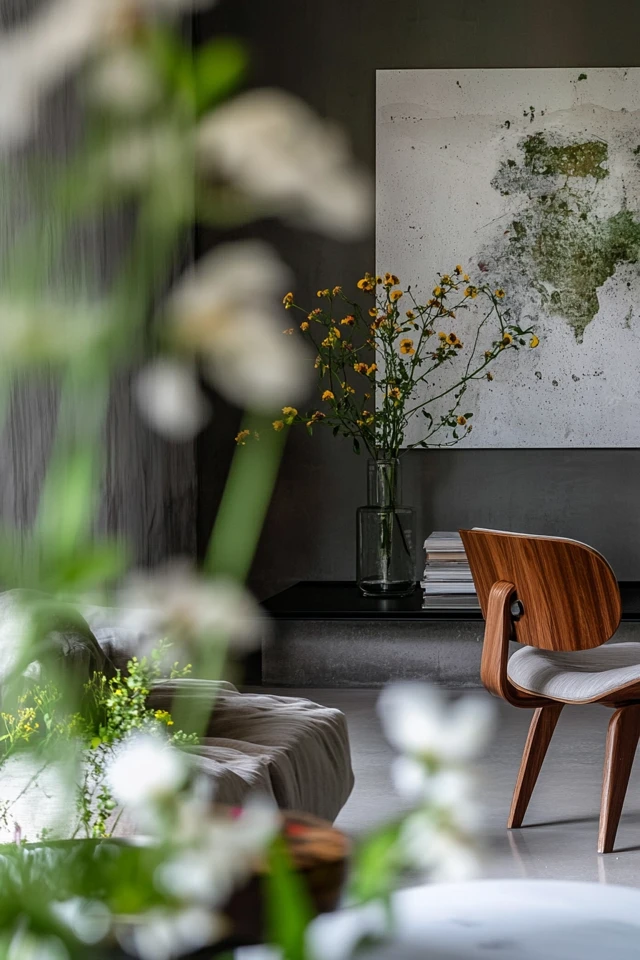Introduction
When I first dove into the world of Scandinavian design, I was struck by its simplicity, functionality, and the warmth it radiated. It wasn’t long before I realized that sustainability is woven into the very fabric of this design philosophy. From natural materials to timeless craftsmanship, Scandinavian design embraces an ethos of mindful consumption and respect for the planet.
I remember a particular project that transformed my perspective. A client wanted their living space to embody Scandinavian principles but with a firm focus on sustainability. The challenge pushed me to explore eco-friendly materials like reclaimed wood, organic fabrics, and even innovative options like recycled plastics. The result? A home that was not only stunning but also kind to the environment. That project solidified my passion for merging Scandinavian design with sustainability, and it’s been a guiding principle in my work ever since.
In this blog, we’ll explore how to incorporate sustainable materials in Scandinavian design, ensuring that your space isn’t just beautiful but also environmentally conscious. From choosing the right wood to embracing energy-efficient textiles, these tips will help you design a home that aligns with both your style and your values.
The Core Principles of Sustainability in Scandinavian Design
1. Natural Materials
Scandinavian design is rooted in a deep connection to nature. Using materials like wood, stone, wool, and leather not only brings the outdoors in but also ensures longevity and eco-friendliness.
2. Timeless Aesthetic
The hallmark of Scandinavian design is its timeless appeal. By investing in quality, sustainably sourced furniture and materials, you reduce the need for frequent replacements, promoting a less wasteful lifestyle.
3. Functional Simplicity
Functionality is at the heart of Scandinavian design. Multi-purpose furniture and efficient layouts mean fewer resources are used while maximizing comfort and utility.
Top Sustainable Materials for Scandinavian Interiors
1. Reclaimed Wood
- Why It Works: Reclaimed wood adds character and warmth to your space while reducing the demand for new timber.
- Applications: Use it for flooring, dining tables, or accent walls. A reclaimed oak coffee table, for example, pairs beautifully with Scandinavian aesthetics.
2. Cork
- Why It Works: Cork is renewable, biodegradable, and an excellent insulator.
- Applications: Consider cork for flooring, wall coverings, or even as stylish tableware.
3. Bamboo
- Why It Works: Bamboo grows quickly, making it a highly renewable resource. Its light color and clean lines fit seamlessly into Scandinavian design.
- Applications: Use bamboo for shelving, blinds, or even cutting boards.
4. Organic Textiles
- Why It Works: Cotton, linen, and wool in organic forms are free from harmful chemicals, making them safer for your home and the planet.
- Applications: Look for GOTS-certified (Global Organic Textile Standard) bed linens, curtains, or throws.
5. Recycled Materials
- Why It Works: From recycled glass to plastics, these materials reduce waste and offer innovative design opportunities.
- Applications: Incorporate recycled glass tiles in kitchens or bathrooms, or opt for furniture made from recycled plastics.
Design Tips for a Sustainable Scandinavian Home
1. Choose FSC-Certified Wood
The Forest Stewardship Council (FSC) ensures that the wood is harvested responsibly. Opt for FSC-certified furniture or flooring to stay true to both Scandinavian and sustainable principles.
2. Prioritize Vintage and Upcycled Pieces
Vintage furniture embodies the Scandinavian love for timeless design. Seek out thrift stores, antique shops, or marketplaces for unique, pre-loved pieces.
3. Embrace Minimalism
Scandinavian design is all about “less is more.” By curating fewer, higher-quality items, you reduce waste and create a space that feels calm and uncluttered.
4. Incorporate Plants for Air Purification
Indoor plants are a staple of Scandinavian interiors and help clean the air naturally. Consider low-maintenance options like snake plants or pothos.
5. Invest in Energy-Efficient Fixtures
Sustainability isn’t just about materials—it’s about energy use, too. Scandinavian design often features large windows to maximize natural light, but when artificial lighting is needed, choose LED fixtures and bulbs.
6. Opt for VOC-Free Paints and Finishes
Volatile Organic Compounds (VOCs) in traditional paints can harm indoor air quality. VOC-free options are better for the environment and your health while achieving the soft, muted tones typical of Scandinavian palettes.
7. Layer Textures with Eco-Friendly Rugs and Textiles
Add warmth with rugs made from natural fibers like jute, sisal, or organic wool. Pair them with throws or cushions in sustainable fabrics for a cozy, hygge-inspired vibe.
8. Incorporate Stone Accents
Natural stone, such as granite or soapstone, is durable and fits beautifully into Scandinavian design. Use it for countertops, fireplace surrounds, or even decorative accents.
9. DIY Décor with Recycled Materials
Get creative by repurposing items you already have. Turn old jars into vases or transform wooden pallets into shelving units.
10. Work with Local Artisans
Supporting local makers ensures that your furniture and decor pieces have a smaller carbon footprint while celebrating craftsmanship.
Benefits of Sustainable Materials in Scandinavian Design
1. Environmental Impact
Using renewable and recycled materials reduces waste and lowers your carbon footprint.
2. Longevity
High-quality, sustainably sourced materials last longer, saving you money and resources in the long run.
3. Healthier Home Environment
Organic and non-toxic materials contribute to better indoor air quality, making your home healthier for you and your family.
Picture Gallery

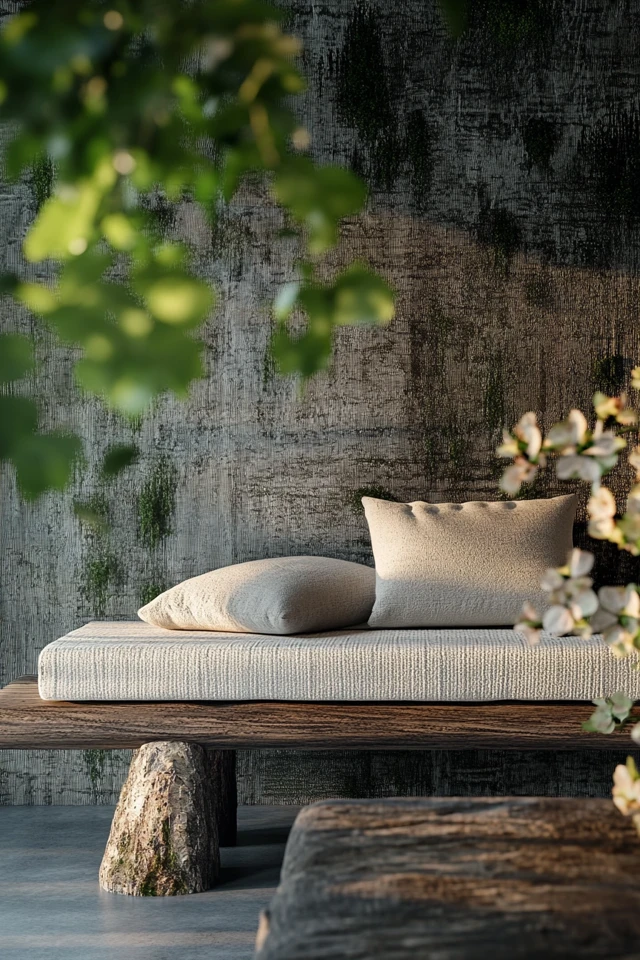
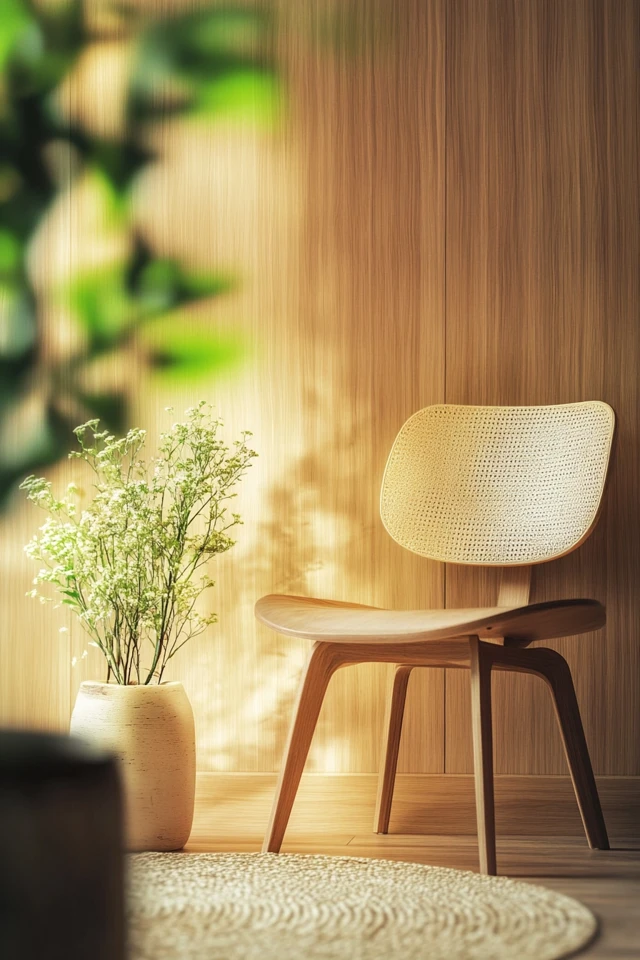
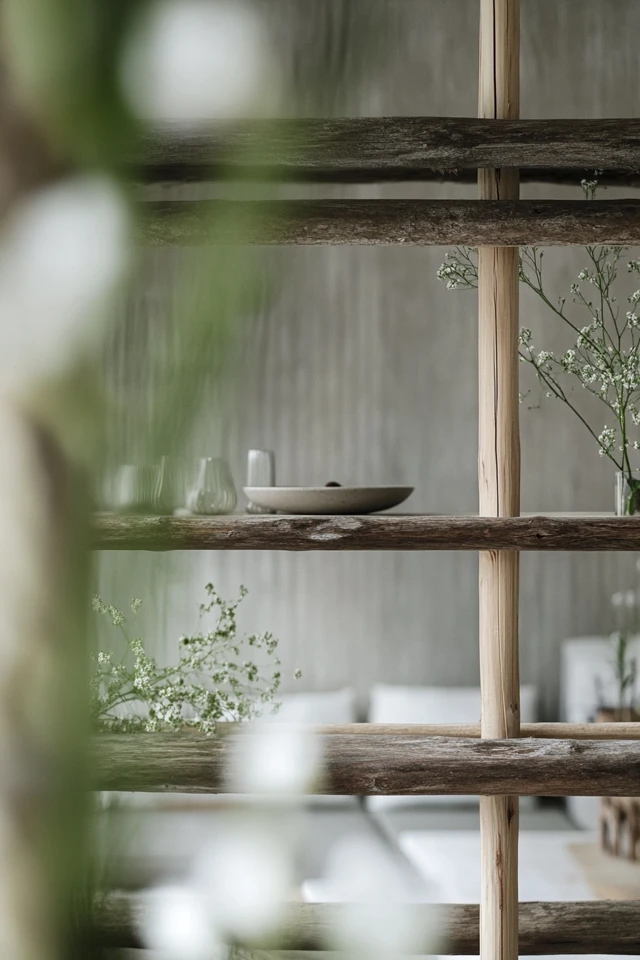

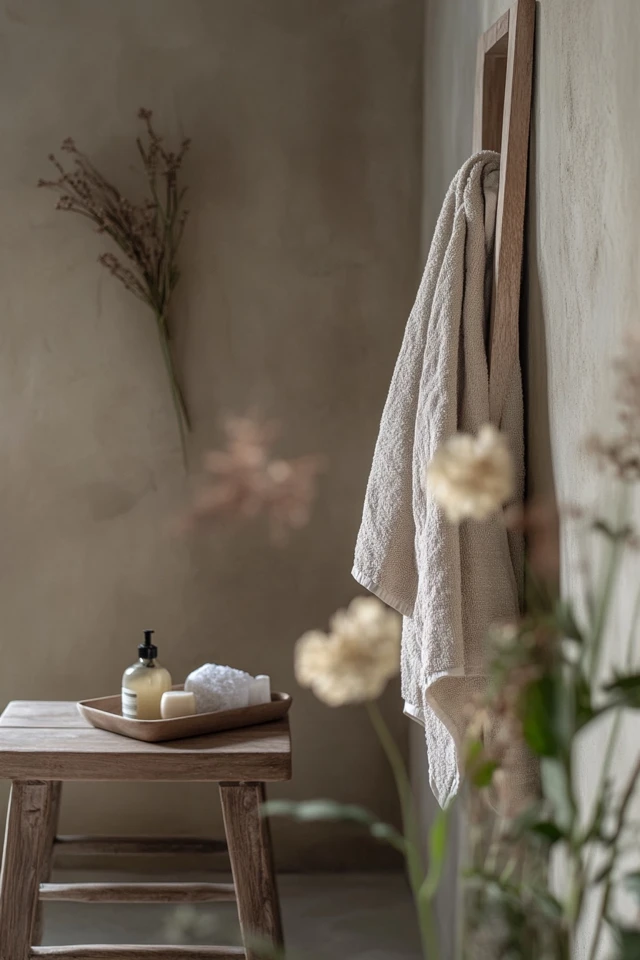
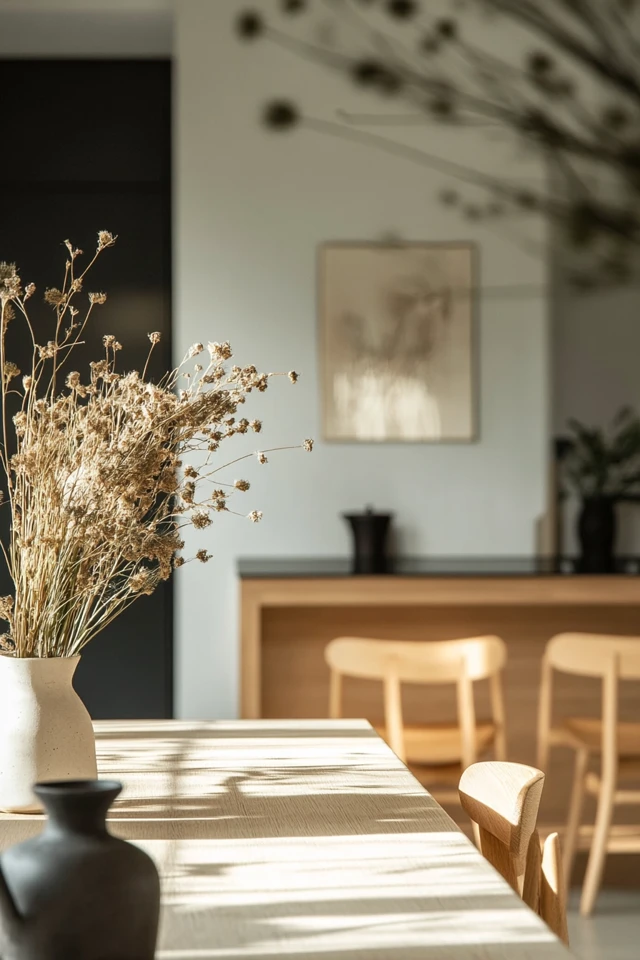
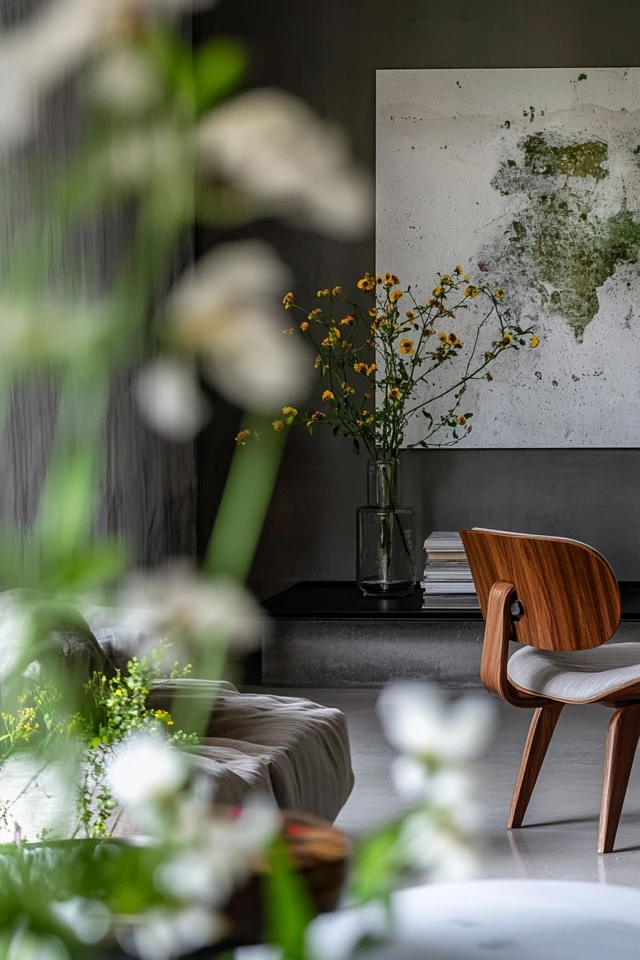
Conclusion
Incorporating sustainable materials into Scandinavian design is a natural extension of its core principles: simplicity, functionality, and harmony with nature. By choosing eco-friendly options like reclaimed wood, organic textiles, and recycled materials, you can create a home that’s both stylish and sustainable.
I’ve seen firsthand how powerful these choices can be, both aesthetically and ethically. When we prioritize sustainability, we’re not just designing a beautiful space—we’re making a statement about the kind of world we want to live in. It’s incredibly rewarding to know that your home reflects not only your style but also your values.
So, as you embark on your design journey, remember to think critically about your materials and their impact. With Scandinavian design as your guide, you can strike the perfect balance between beauty and responsibility. Trust me, once you’ve experienced the warmth of a sustainable, Scandinavian-inspired space, you’ll never look back.
FAQ
1. What is the most sustainable material for Scandinavian design?
Reclaimed wood is one of the most sustainable options. It reduces the need for new timber, adds character, and aligns beautifully with Scandinavian aesthetics.
2. Can Scandinavian design work in a small space?
Absolutely! Scandinavian design thrives in small spaces thanks to its minimalist principles and multi-functional furniture. Sustainable materials like bamboo and organic textiles are perfect for compact living areas.
3. How do I ensure my materials are truly sustainable?
Look for certifications like FSC for wood or GOTS for textiles. Research brands and prioritize transparency in their sourcing and production processes.
4. Are sustainable materials more expensive?
While some eco-friendly options may have a higher upfront cost, their durability and timeless appeal often make them more cost-effective in the long run.
5. Can I incorporate Scandinavian sustainability into outdoor spaces?
Yes! Use recycled materials for patio furniture, choose FSC-certified decking, and incorporate native plants to reduce water usage while maintaining a Scandinavian aesthetic.

